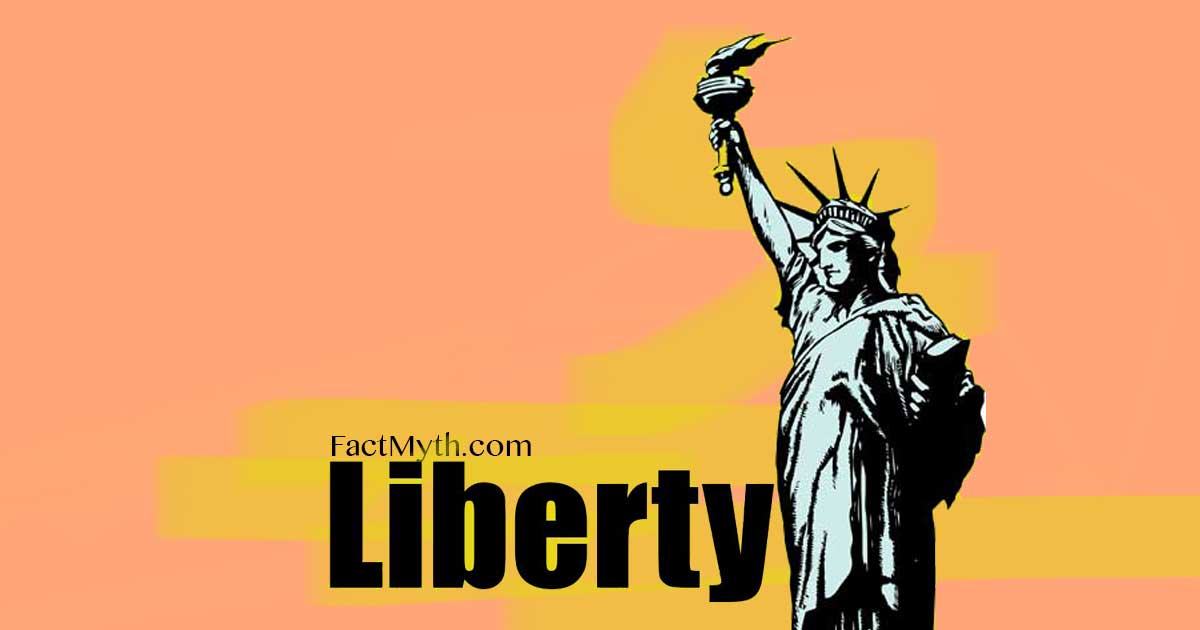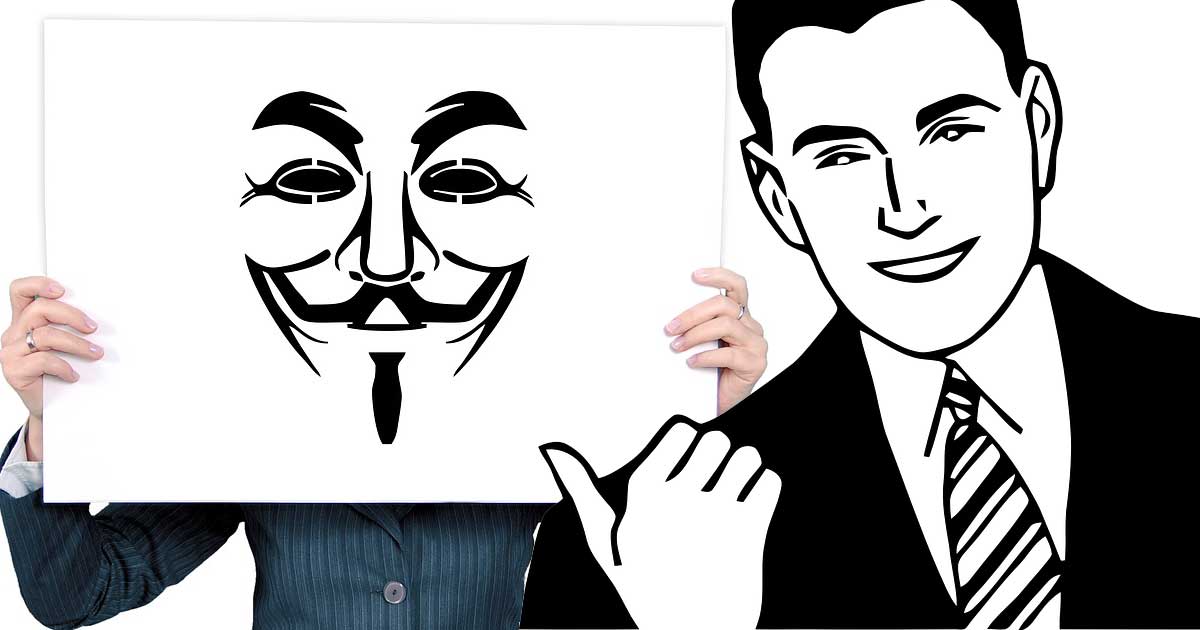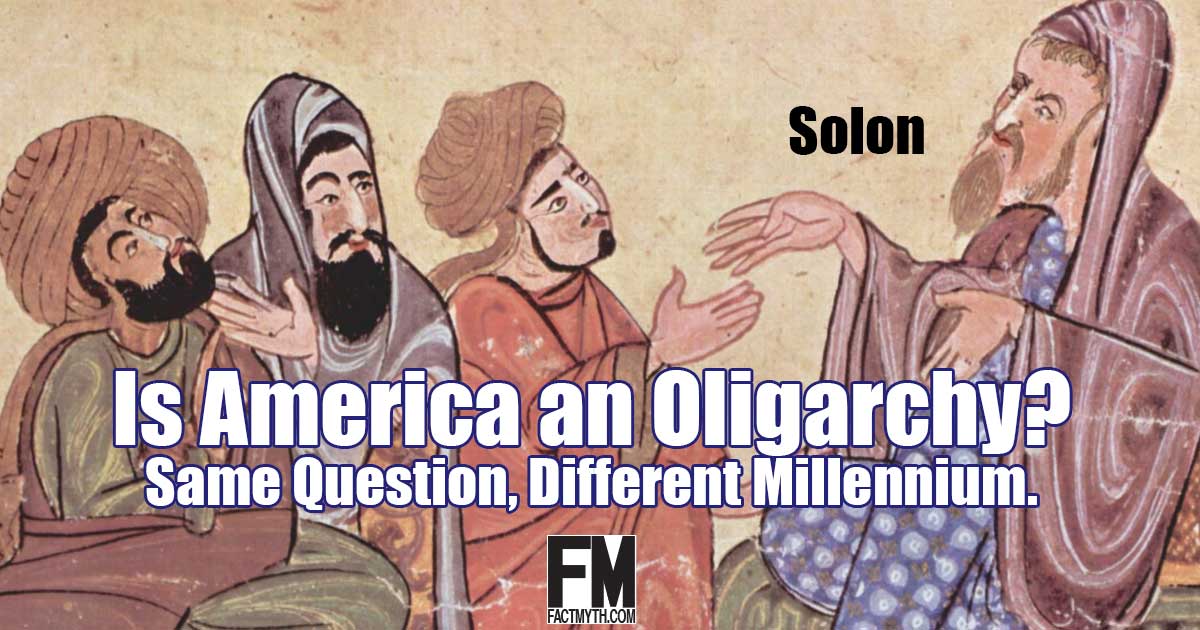The Age of Enlightenment and the Birth of Liberalism

Classical liberalism arose in opposition to state-imposed religion and aristocracy in the 1600 – 1700’s during the Age of Enlightenment in Europe and America.
Society refers to groups of people the cultures they form.

Classical liberalism arose in opposition to state-imposed religion and aristocracy in the 1600 – 1700’s during the Age of Enlightenment in Europe and America.

On this page, we look at political parties from a historical perspective to better understand the underlying left-right politics all political parties are based on.

What is acceptable (aka politically correct) depends on your environment, intention, tone, and the group you belong to. What is acceptable in one group, might not be in another.

Most groups, bound by class, race, religion, socioeconomic status, or some other force have faced oppression with rebellion. Here are tips on avoiding common pitfalls.

We explain paradoxes related to tolerance and Politically Correctness (PC), including “the paradox of tolerance” and “tolerance as a form of intolerance.”

America’s founding fathers intended the U.S. to be a Republic (elected officials vote on laws), rather than a Direct Democracy (everyone votes on laws).

America is not “a Christian nation” in terms of having a national religion. Despite a majority of Americans being Christian, the Bill of Rights ensures religious liberty for all.

“The invisible hand” is a term used by Adam Smith to describe the theory that self-interest leads to social and economic benefits in a free-market.

Intention matters in planning, action, and doing. Attention, intention, and impact are all important components of an action.

The United States is a Federal Republic with democratic values that some claim contains a growing oligarchy (or corporatocracy). We look at those claims.